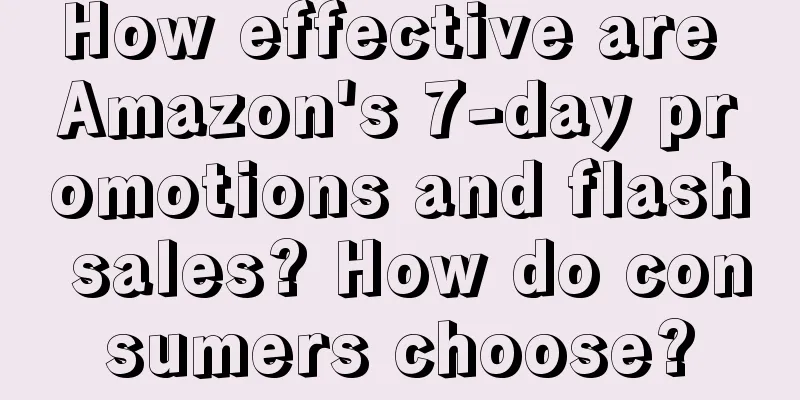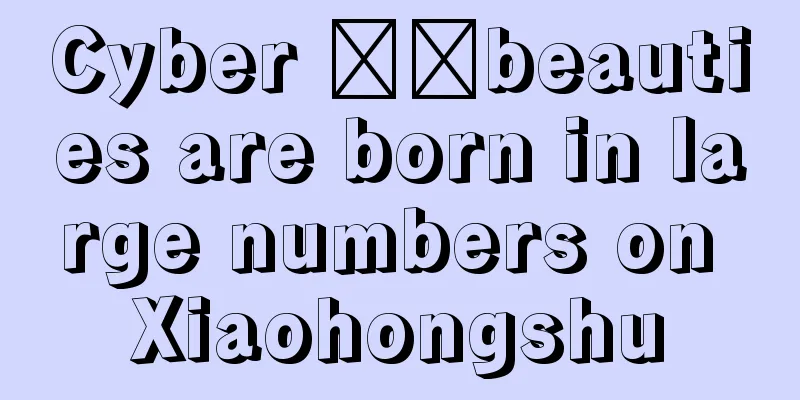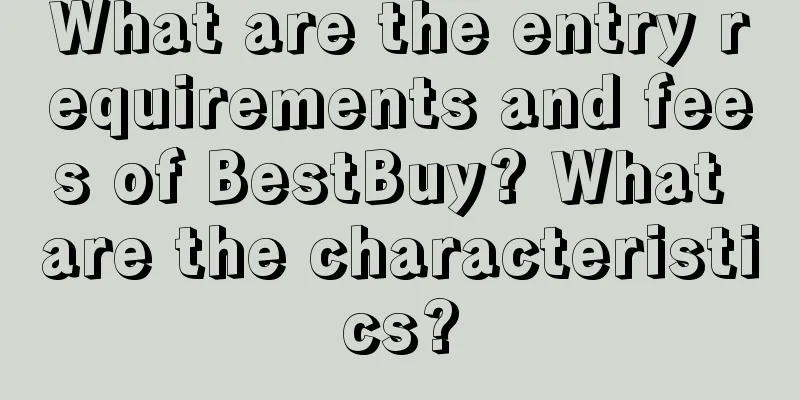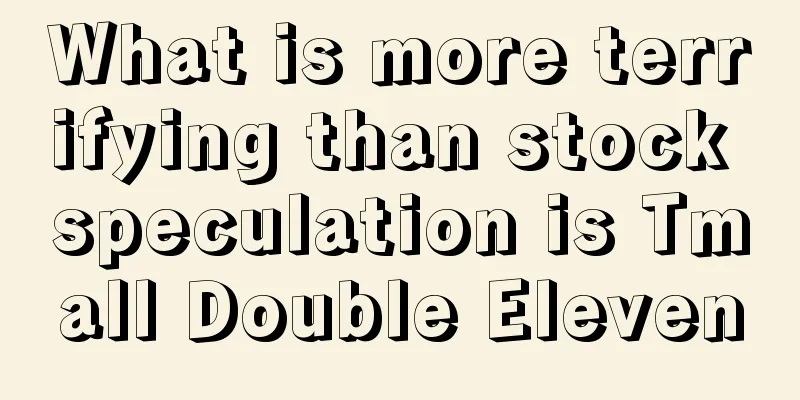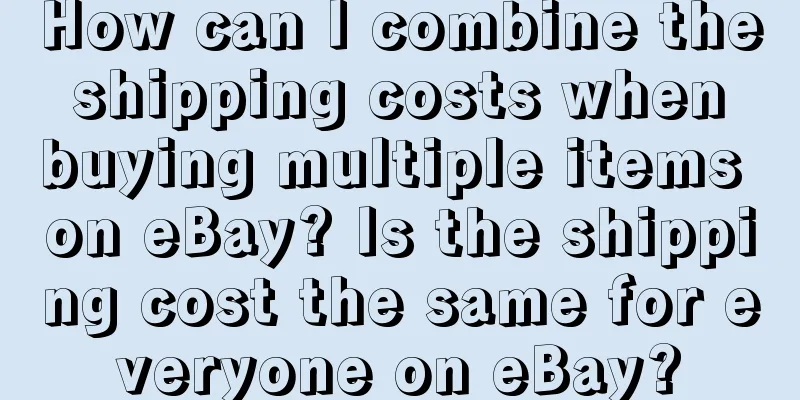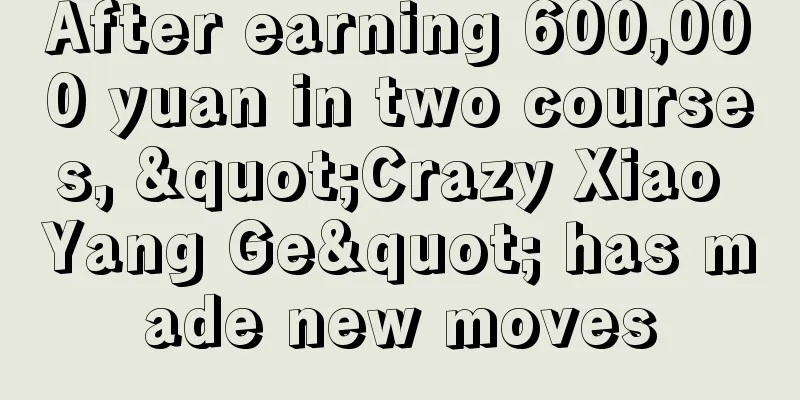Do you have your own workflow?
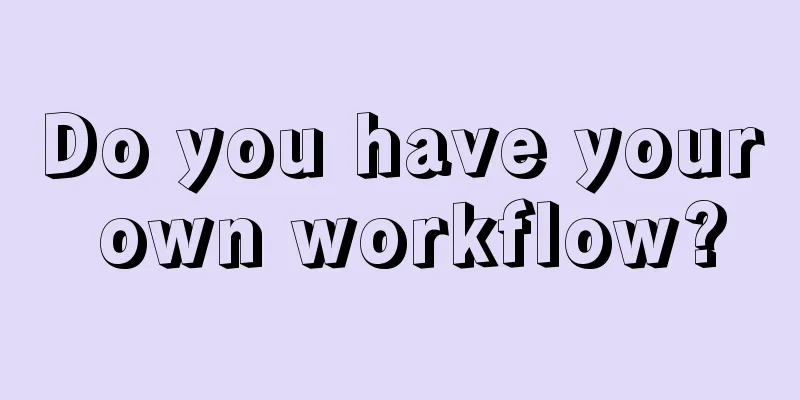
Suppose you want to create a workflow to break down repetitive and troublesome tasks into several simple steps to save time on repetitive tasks. What would you choose? I have a friend whose first reaction was to create a lot of frameworks. What? Why do we need so many frameworks? There are all kinds of AI tools available on the market, I asked. He explained: You don't know our leader, he has strong divergent thinking and is changeable. He often suddenly asks for a project closing report, a PPT framework, or a meeting summary. He doesn't read my daily reports, but he does have a lot of temporary small actions, which I have to prepare in advance. In addition, there are indeed many AI tools on the market that can provide help. If there is no set of usage processes, you have to spend time searching and screening, which is not convenient. Indeed, workflow is very important to deal with unexpected situations. After careful research, I found that many people rely entirely on memory at work and have not established workflow habits. After completing a task, they are too lazy to review it, which causes them to encounter the same problem the next time they face a similar task. In order to prevent my energy from being swallowed up by an invisible black hole, I have summarized some experiences. 01Let’s think about this question first: Why is it so important to flexibly adjust your workflow? Just to save time? It’s too simple to think so. Think about programmers, freelancers, designers, and friends who work in new media. Their work is full of creativity. In an ever-changing environment, it is very important to maintain work efficiency and innovation. In the book "Fooled by Randomness", Soros mentioned that he designed his workflow to break the routine and start every day as a blank slate. This way of thinking is crucial in facing the ever-changing stock market. Because I run my own media, my work is both complex and complicated. Not only do I need to produce content, but I also need to meet people. At the same time, I also need to provide support to some long-term clients, which requires me to record information from time to time. So, my workflow is to combat distraction. Calmness, concentration, and focus, these words sound like they are talking about a person's qualities. How can they become part of the work process? Don't be impatient. Listen to why I say this. First, it is about attention. Did you know that fragmented information such as news and daily life always tests my concentration? It is difficult to rely on personal willpower to fight against big data and algorithm recommendations. Second, the work itself. In my day, recording information, meeting people, and using software each take up about 30% of my time. Meeting people is relatively simple, but it is easy to get lost in recording information. For example: I will read some things when I am on the subway or waiting for someone. If I come across good content, I can add it to my favorites, but as soon as I finish reading, I will forget what I just read, which has a great impact on internalization and absorption. The same is true in front of the computer. When searching for something, you may get lost in the constant switching of windows in a blink of an eye. Sometimes, you suddenly realize what file you are looking for. This distraction caused by frequent task switching is not as easy to deal with as simply turning off the computer. 3. Brain overload problem. It is relatively simple, just like a computer with insufficient memory. The brain is often in a tense state, and it feels like the background is always concentrating, and you can even dream about work when you sleep at night, which makes people feel anxious. Therefore, in the age of information overload, it is easy to be distracted by the things around you. Trying to concentrate, learning how to stay calm and strengthen concentration is a skill, and also a way to subconsciously change the flow of mind, helping me adapt to the ever-changing environment and work requirements. 02To improve my work efficiency, I always use a to-do list. The initial method is simple: I list the things I need to do every day and tick them off when I finish them. But after a while, I find that this method is a bit crude because I have to push forward several projects at the same time and play several roles. I am not one person, but several souls living in one body. For example: When I write articles for clients or public accounts, I label myself as "Mass Production King" in the task tool. This reminds me to put my personal emotions aside, reduce my ego, and concentrate on doing my job well. When clients discuss marketing or brand communication with me, they need all kinds of information. There is a folder called "Strategy King" to remind me that I should treat various questions raised by others calmly. I also have a folder for hosting materials. When brands or media companies invite me to host conferences, I can find what I need directly in the folder. In addition, I also have to manage the Knowledge Planet, write books, and make courses... You see, as my work scope expands and my roles increase, it will be very messy and difficult to track the progress of each task if all the tasks are mixed together. Therefore, I later began to subdivide the task list by project and identity. If I can solve 3-5 tasks a day, I will feel very fulfilled that day. So, is the logic clear? By the way, you can also divide your work into projects. If your situation is similar to mine and you have a lot of things to deal with, you might as well try to build your task list by project and identity. After adopting this approach, I found another benefit: it helped me to be more clear about my current short-term goals, important things to do in the year, and long-term development plans. However, the question is: once the tasks are listed, will they really be done according to the process? In fact, usually not. One of the most obvious visual effects is that we will be stuck in the dilemma of difficulty in starting up. Imagine a scenario where you are feeling anxious because a deadline is approaching, but your chair feels like it’s glued to your body and you can’t stand up. After 20 minutes, you finally stand up and decide to do the task that you have been delaying for a long time. You feel that if you don’t do it, you will let down the set workflow. Therefore, before you start, some strange ideas may pop up. for example: I need to tidy up my desk, make a cup of coffee, adjust my mindset, and even find a quiet place… Does it really take a lot of preparation to complete a mission? Of course, some preparation is necessary, similar to the act of collecting information, and other preparations seem to make sense. The problem is that we spend too much time preparing and putting off the time to actually start working. Often, we spend more time preparing than actually doing something. There’s also the fact that preparation has little to do with the tasks that get done, and while it may seem satisfying, it doesn’t actually help you tick that one more box on your to-do list. From the perspective of improving task efficiency, we have to admit that most of the "preparation work" is behavior that you are not aware of, and it is just a manifestation of difficulty in starting. 03In addition, even if I have a to-do list, I will not do things according to priority. I also wondered why, and later after learning the four-quadrant rule, I found the answer: action has not yet become a habit. I often put off important but non-urgent tasks because of time pressure. Sometimes, I tend to do simple and easy things. Although it can reduce the number of to-do items, it is not the best way to achieve the main goal. For example: When I arrived at the company, there were already 99+ messages in the group. The next meeting would start in half an hour, so I could only hurry to deal with a few urgent tasks. When you open the to-do list and look through it from beginning to end, your mental comments on it are: this matter is very urgent and will affect the progress of subsequent work, or, there was a problem last time because of this matter, so it seems to be very important. When I see the last item, I already know to do the most important and urgent task. However, with a quick glance, I see a daily task in the middle of the list that looks simple and won’t take up too much time. I will most likely decide to do that first. Why? It’s human nature to seek the easy way out. This can play out over the course of a day, and by 5pm I might be frustrated and blaming myself for not making time for more important tasks. Then, I have to make a choice: work overtime or postpone it to tomorrow. If I choose tomorrow, a new cycle will begin... So, starting difficulties turn into all kinds of excuses and reasons that make me prefer to work on less important or urgent things first (some of which are just slightly easier than the real things to do) rather than starting the most critical tasks directly. Eventually, I moved further and further away from the goal of designing a task list and semi-automating repetitive things, and it became a decoration, a superficial tool. So, what is the root cause?
Between the difficulty of starting and the completion of the task, there is the "Valley of Reluctance". When I think something is difficult and requires a huge time investment, I will postpone it. This includes mental difficulties and implementation difficulties. The former is easy to distinguish, while the latter is rarely realized. For example: Some of my friends who do design, code, and build AI knowledge bases, at the beginning, like me, paid too much attention to unimportant things, for example, spending a lot of time researching tools and methods. What was the result? After a long time of hard work, I didn’t produce a single work. Later I realized that it was because my imagination was too developed. We worked hard, but if we were going in the wrong direction, it would not seem to make much sense. The brain is very powerful. When it receives a task, it can immediately imagine the execution process and possible results. The complicated communication, the collection of a lot of boring information, the unhappy conversations, the uncertain development of things, and the possible failure are all like a mountain pressing down on it. This ability to preset in advance helped our ancestors realize potential dangers and avoid crises again and again. Curiosity drives the brain to light up all the nodes on the map, so that it will feel safe. But if you can't get rid of the preset thinking, you will always be in the process. Building a target management system and a goal management system is essentially a channel to the ultimate goal. The goal must be some form of output; output is outward-looking . Giving a speech, discussing ideas, and implementing a plan can all have a direct impact on others. Output can also be implicit . Making a decision, developing a habit, and establishing a thinking framework are all aimed at changing one’s cognition and behavior. All external output is based on internal foundation. The core of efficiency is just one thing: a stable and reliable process that reduces friction and helps you learn and digest information quickly. In this way, you can get positive feedback. Therefore, if we do not use internalized knowledge and output as the standard, it will all be internal consumption. 04So, the question is: how to design a reasonable process? There are three points:
First of all, the process is inherently cross-border. When we complete a project, we need to use multiple software tools to achieve it. For example: to make a PPT, you have to use Word to process the text in advance, and then use PS to design the graphic elements. Each software is good at handling specific tasks, and you cannot expect it to fully meet all your needs. An efficient workflow is to string together different software so that each tool can perform at its best and achieve maximum performance. Many people misunderstand this, they expect "all-in-one", what does "one" mean? It means: one software meets all capabilities, if it is not enough, you have to install plug-ins, which is disadvantageous, it will hinder workflow and efficiency. Imagine this scenario: Suddenly one day, your boss asks you to make a mind map quickly. What is your first reaction? Which software should you use? If it were me, I would first use AI software to organize the documents and extract the main framework, and then import the framework into the mind mapping software and get it done quickly. If you want to do it all-in-one, what will happen? You have to look at the software and the document at the same time, determine the topic, and input one branch at a time. It may take half a day to finish. Simply put: our work will be limited by the framework and functions provided by the software. We should focus on the tool but not its use. We should not pay attention to how powerful a certain software function is. We should only focus on its most advantageous aspect and make good use of its advantages. What is the 5-minute magic? The method is very simple: first set yourself a task that only takes 5 minutes. After 5 minutes, you can freely choose whether to continue or stop. The advantage is that it turns a long task into a short 5-minute task, which will not feel so difficult and will reduce the pressure a lot. Usually, after taking action for 5 minutes, I will find that I can do it a little longer; by the way, for small 5-minute steps, I will also think about whether I can let artificial intelligence help me process them. For example: to search for public information, I will use certain software. I just need to enter the keywords and set up a chat box. The next time I use it, I can just ask questions without having to set it up again in a complicated way. For example, some design software can directly provide color schemes and fonts. Just enter the theme and style of the project, and AI will do it for you, saving the energy of manual combination. However, for creative work outside the boundaries, the solutions provided by artificial intelligence are always limited, so, at the very least, it can achieve the goal of semi-automating repetitive tasks. Every weekend and at the end of the month, I will take time to review the completed tasks (don’t just focus on EMO). I will not eliminate completed tasks. When reviewing, I will reflect on the previous work to see if there is room for iterative efficiency. Then, I will think about the current progress of different projects and update them. This ensures that every once in a while, the tasks are up to date, in line with the current status, and can be executed with more determination and clarity. In summary“AI+self-driving” gives people freedom. Although the method is not perfect and involves some execution issues, as long as you establish a workflow with a goal in mind and gradually develop habits, your work will definitely improve and progress greatly. Author: Wang Zhiyuan; Source public account: Wang Zhiyuan (ID: Z201440) |
>>: The three treasures of middle-aged men: Hupu, What’s Worth Buying, and Autohome
Recommend
How can the AIGC surge change the video industry?
What impact or influence will the emergence of AIG...
How can physical store owners obtain a steady stream of customers in 2024? Here’s a trick for you
Do you want to increase customer traffic and achie...
10 Valentine's Day quotes
Valentine's Day is coming soon. We may have he...
After analyzing the 618 strategies of the six major platforms, I only understand one thing: price is king
This article will take an in-depth look at the 618...
Can I fill in any random shipping address on Amazon? What are Amazon's shipping requirements?
As one of the world's largest e-commerce platf...
"Joy of Life 2" is back, let's review those high-energy lines together
This article is a fond review of the drama "C...
618 has just passed, and small and medium-sized businesses are facing even more difficulties
With the intensive introduction of new regulations...
How much is the appropriate registered capital for an Amazon business license? How much is the appropriate registered capital for an individual?
For merchants who want to do business on Amazon, r...
The first batch of "adult dining tables" that swept the entire Internet have closed down
In our daily lives, we are always discouraged by t...
Is the catering industry accelerating its collapse?
The catering industry is facing unprecedented chal...
What is Coupang?
Since its establishment in 2010, Coupang has rapid...
Four Bulls That Will Drive Brand Growth in 2023
Branding is actually the process of labeling consu...
Where can I check my Shopee real name? How do I do it?
Today I will introduce you to the content of openi...
Can Amazon only log in on one network? What happens if I log in on different networks?
In the digital age, Amazon, as an e-commerce giant...
Are all Shopbop products genuine? Is that true?
Shopbop is a fashion women's clothing shopping...
